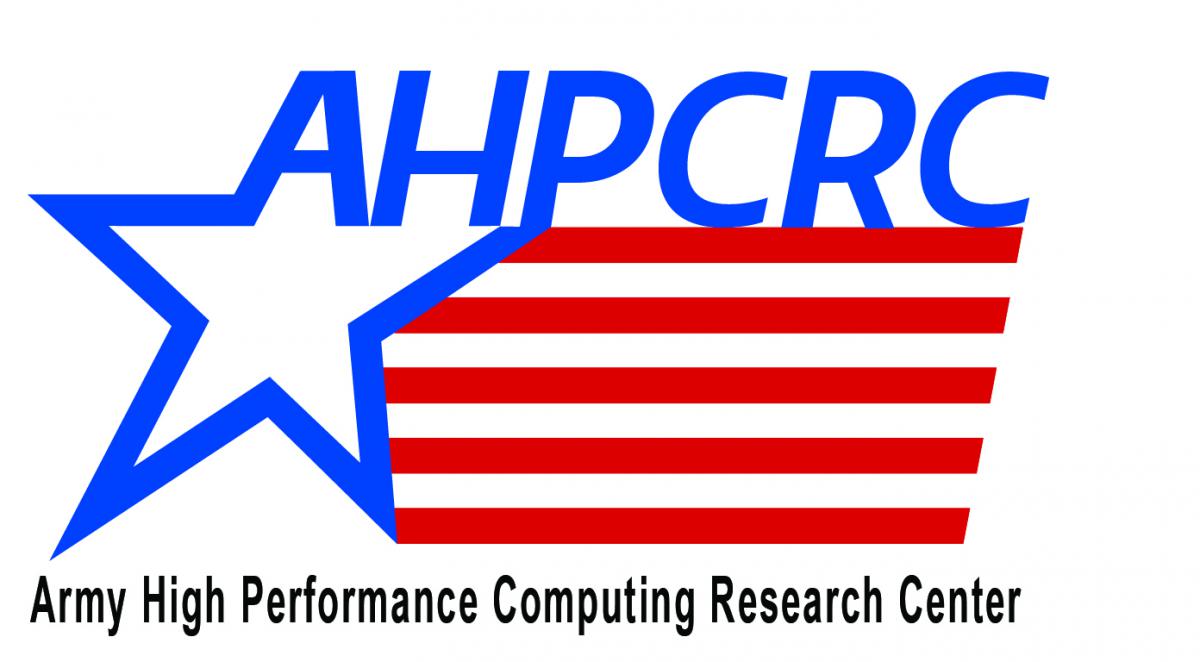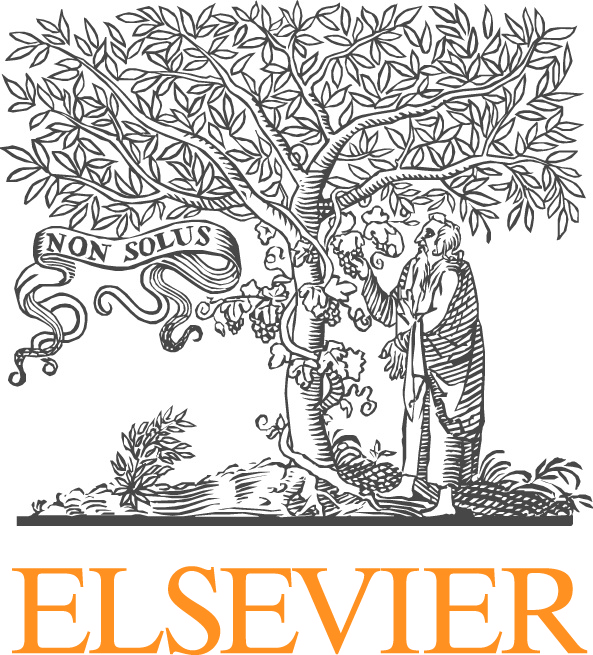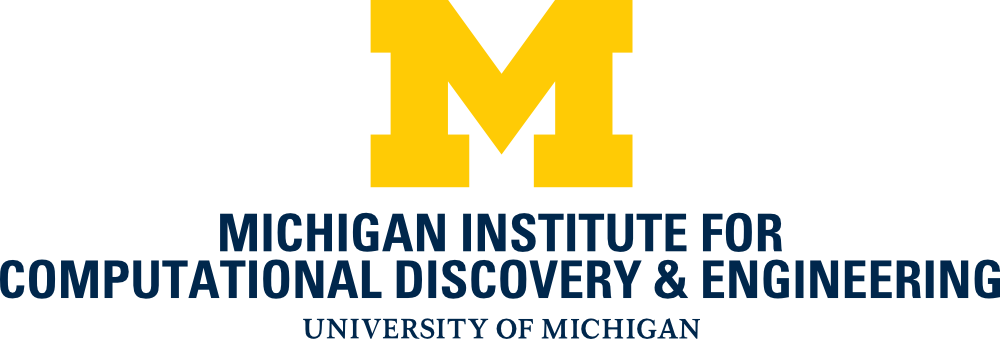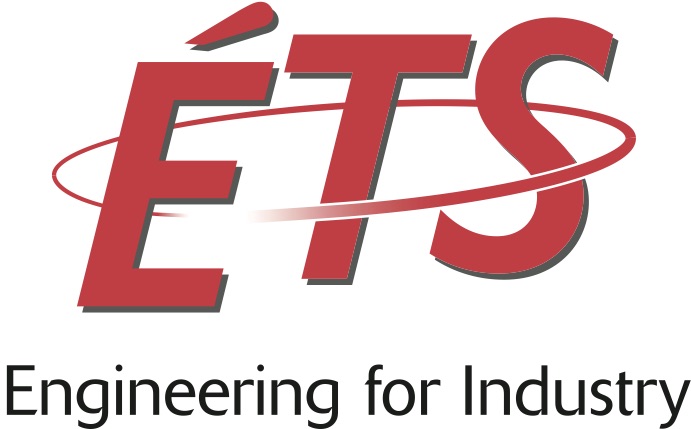Crosscutting Challenges and Applications of Particle Methods
Kara Peterson, Sandia National Laboratories
Pavel Bochev, Sandia National Laboratories
Peter Bosler, Sandia National Laboratories
Nathaniel Trask, Sandia National Laboratories
Particle methods have many valuable computational and theoretical properties that make them attractive across multiple science and engineering disciplines. For instance, such methods are inherently asynchronous, which facilitates their mapping to the future highly heterogeneous supercomputer architectures. Particle methods can also alleviate the computational burden associated with meshing of complex geometrical domains. Finally, particle representations seem particularly well suited for Lagrangian simulations where mesh-based methods are often CFL-limited and reliant on sophisticated filtering and limiting procedures.
Although development and applications of particle methods have made great strides in the past decade or so, their wider utilization and adoption still faces numerous theoretical and practical challenges. The purpose of this minisimposium is to bring together researchers working on a representative cross section of modern particle methods. In so doing we aim to stimulate a discussion of crosscutting theoretical and computational challenges accompanying the formulation and application of particle methods in important scientific and engineering problems. We welcome contributions from particle methods across diverse application areas from climate modeling to material science.







